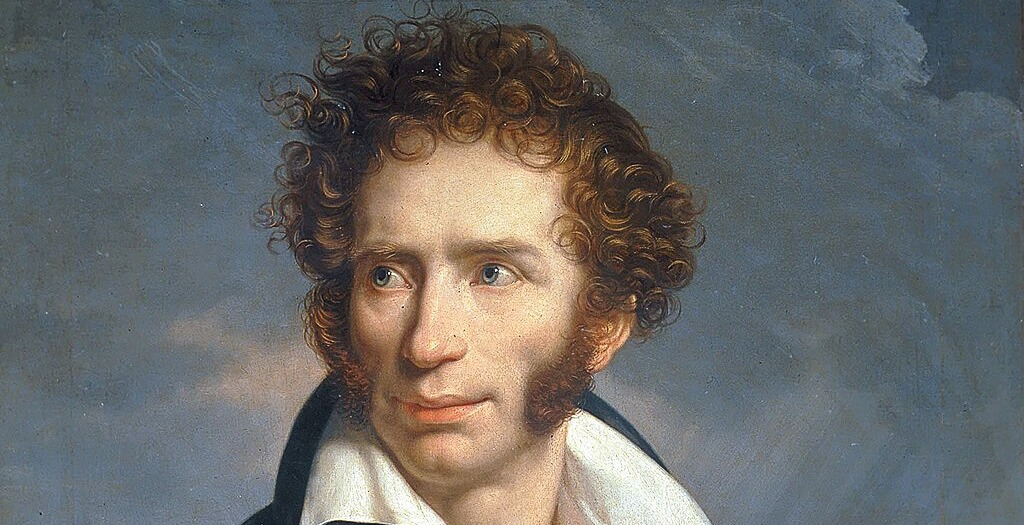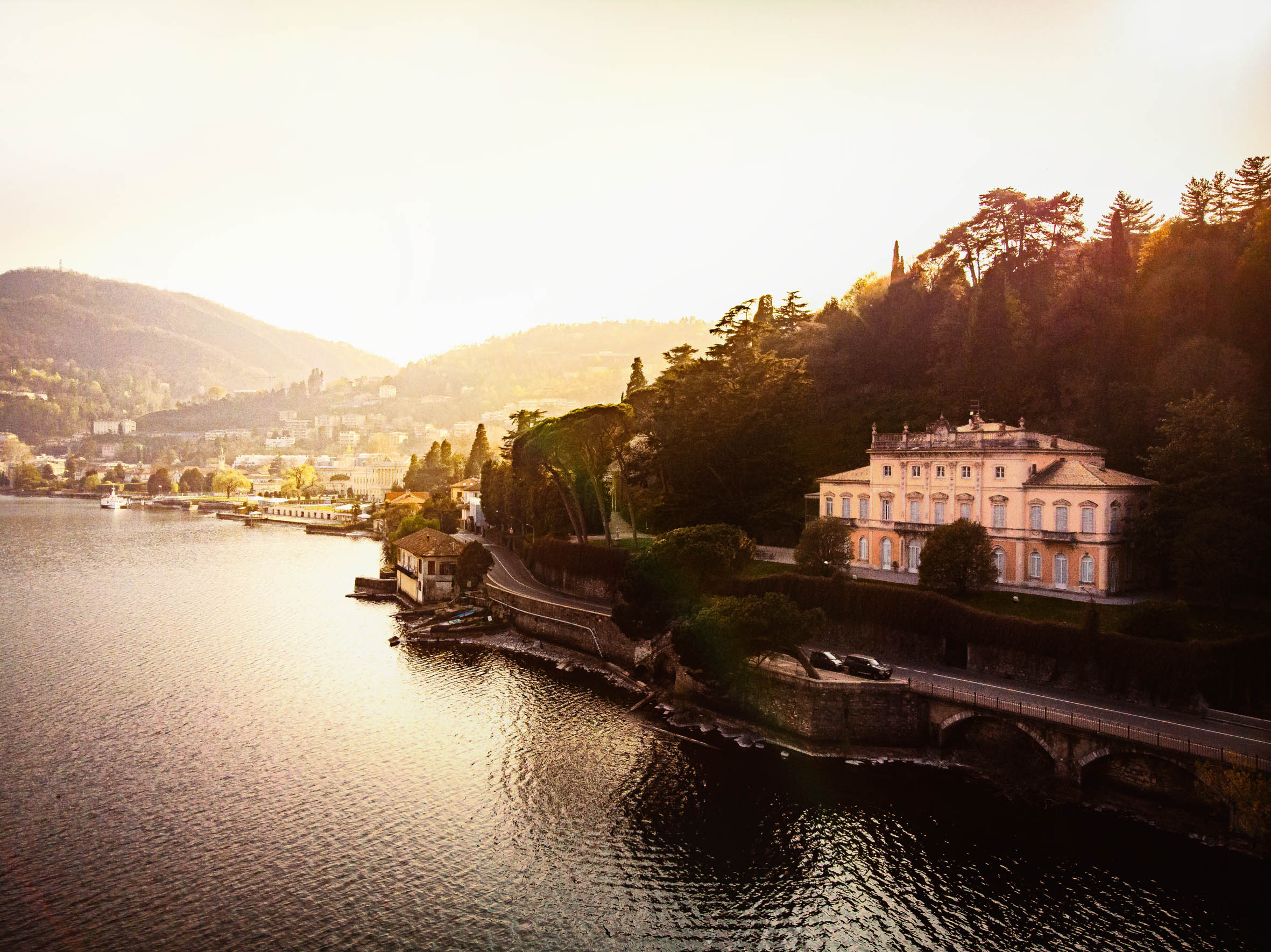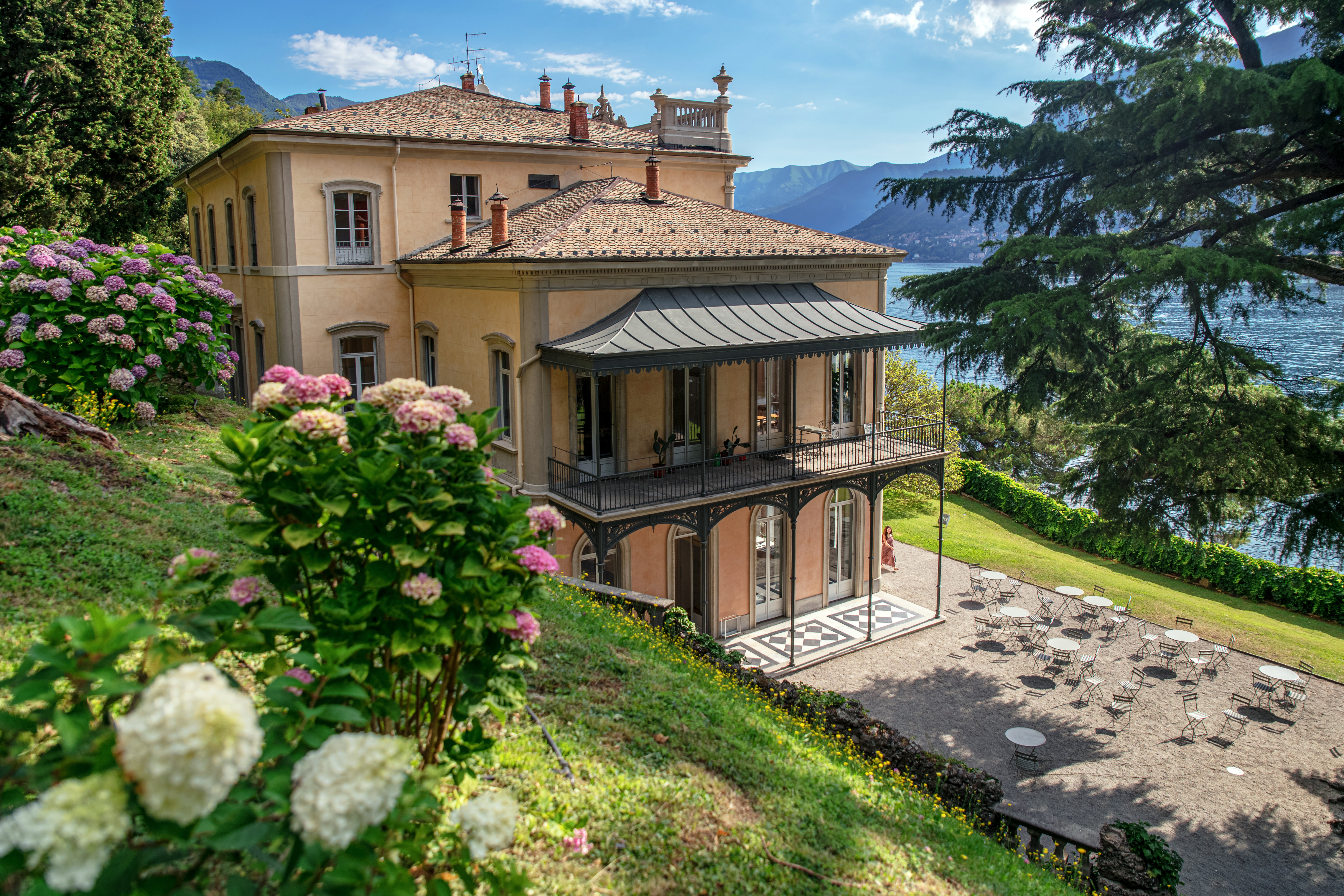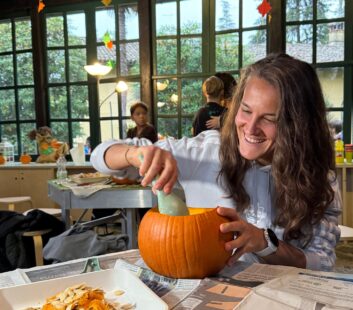
LIFESTYLE
The Loves of Ugo Foscolo
HOW LAKE COMO INSPIRED ONE OF THE GREATEST POETS
“My soul has made its final effort, and tears stream down upon the words I write with the blood of my heart. Farewell: for charity’s sake, listen to the advice of your wretched friend: have pity on his pleas; obey your parents, who will never wish to make you unhappy; sacrifice yourself to virtue, the only consolation in misfortune: passions fade, but disasters remain eternal in our lives; and if we cannot avoid them, at least we should not make them worse with our remorse, rendering them irreparable. I will love you always, I swear it from the depths of my heart, I will love you until my last breath; and I swear on my honor that I will not marry until you belong to another. If illness, if years, if accidents steal your beauty and comforts from you; if you are your own master, if you are unfortunate; if you lack a husband or a friend in this world, I will fly to you: I will be your husband, father, friend, brother. But you will not be my wife as long as I might appear vile in my own eyes, a seducer in the eyes of your parents, and cruel towards you. Farewell with all my soul, farewell. ”
Thus ends one of Ugo Foscolo’s most famous compositions, a letter whose content was inspired by the events that took place on the shores of Lake Como in the early 1800s.
In the “del Grumello” area lies the villa of the same name, now managed by the Villa del Grumello Association, which brought it back to life on the initial impulse of the Como Chamber of Commerce. The mansion boasts among its owners illustrious figures like Benedetto Odescalchi, who became Pope Innocenzo XI, and passed under the custody of the Giovio family in 1775. The Giovio family produced notable figures such as Benedetto and Paolo Giovio, who lived between the 15th and 16th centuries. Benedetto, the elder, was a lawyer who held several public offices in the city of Como; Paolo, the more famous of the two, was a humanist, courtier, physician, and also the Bishop of Nocera.

Paolo Giovio was also a writer, much like one of his descendants, Count Giambattista, who lived in Como between the 1700s and 1800s. He cultivated friendships with distinguished individuals like Vincenzo Cuoco, Alessandro Volta, and especially Ugo Foscolo, with whom the Count, according to the most credible accounts, became friends in the summer of 1808. It was in this villa that the poet from Zante met the Count’s large family, including his wife, Chiara of the Parravicini Marquises, and their eight children, three sons and five daughters. Among them was the nineteen-year-old Francesca, born on April 1, 1789, with whom Foscolo is said to have fallen in love at first sight, before leaving Como to spend some months at the University of Pavia, where he held the Chair of Eloquence.
He returned to the shores of the lake and to the Giovio residence in the spring of 1809, as well as to Francesca. However, the relationship between the poet, known for his many love affairs, and the girl was not welcomed by the Count. Foscolo tried to distance himself, as evidenced by a letter he wrote to his friend Giulio Gabrielli di Montevecchio in the same year, in which the playwright spoke of his firm resolve to “remove any suspicion from the relatives and any hope from the young woman” to please Giambattista.
Despite the poet’s apparent good intentions, the relationship continued, leading Francesca’s deeply Catholic father to prevent her from marrying the writer by arranging her marriage to Victor Vautré, a French colonel commanding the 9th Infantry Regiment stationed in Brescia, who was nineteen years older than his daughter.
It was then, on August 19, that Foscolo wrote a letter to his “Cecchina,” as he affectionately called the young woman, in which he swore eternal love to her. This letter would later become one of the most famous literary creations of the author.
In the letter, the Venetian writer, perhaps employing some rhetoric, wrote that he could not aspire to the young woman’s hand due to his social status, as he was neither rich nor noble, and for this reason, he advised Francesca to accept Vautré’s proposal. This theme of social class was also a subject of Foscolo’s correspondence with Giambattista, in which he expressed his disdain for nobility, despite his great respect for the Count as a liberal and kind-hearted person.
The epistolary conversation between the two continued, first with the young woman’s reply, stating that she felt loved almost out of pity, and then with the poet expressing his desire for nothing but the peace of the girl. This exchange continued until September 12, 1810, when Francesca married the French colonel and moved to live abroad.

According to some scholars, such as Cesare Cantù and Adriano Bozzoli, Francesca was not the only daughter of the Count to fall under Foscolo’s spell; her sisters Vincenzina and Felicia also reportedly succumbed to his charm. Furthermore, sources suggest that the poet, during the same period while staying in Boccogna, a hamlet of Erba, under the pseudonym Didimo Chierico, had another adulterous affair with Maddalena Marliani Bignami, which took place in another Larian setting, Villa Amalia.
Maddalena, known as “Lenina” and also mentioned by Stendhal, was known to entertain another lover at the villa, the Milanese painter Giuseppe Bossi, who competed with Foscolo for her affection.
However, the relationship with Bignami ended quite differently from the one that inspired the famous letter to Francesca: the two lovers were discovered by her husband, sparking a scandal that Maddalena could not cope with. She eventually attempted suicide and died shortly thereafter from the consequences of it.
Yet Lenina too found immortality in Foscolo’s works: in the second hymn of “Le Grazie,” Maddalena is believed to be represented by the third priestess embodying the dance.




